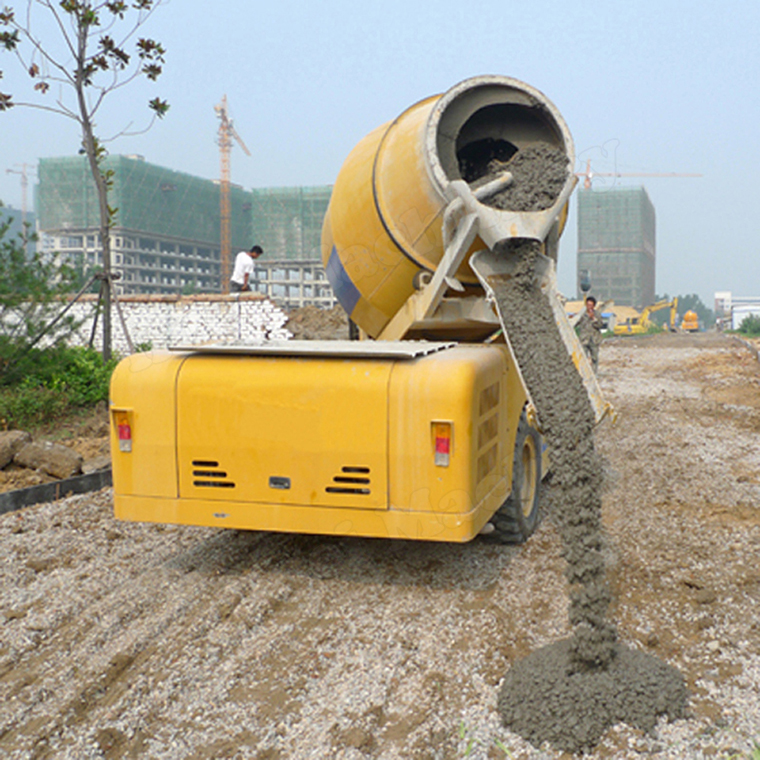

Automated concrete mixer cleaning systems are designed to streamline the cleaning process of concrete mixers and reduce the manual labor involved. These systems are important for maintaining equipment, ensuring high-quality concrete, and minimizing downtime. Here’s an overview of how they work, their benefits, and key considerations:

How They Work
Automated Washing: Automated systems use a combination of high-pressure water jets, rotating brushes, and sometimes chemical cleaners to thoroughly clean the interior of the Automated concrete mixer drum. The process can be controlled through a central control panel or automated scheduling.
Recirculation Systems: Many automated systems include recirculation of water to reduce waste. The system collects and filters used water, which is then reused for the next cleaning cycle.
Discharge Systems: Some systems are equipped with mechanisms to discharge leftover concrete and slurry from the Automated concrete mixer before cleaning begins. This helps to prevent clogging and ensures a more thorough clean.
Sensors and Controls: Modern systems use sensors to monitor the cleaning process and ensure that the Automated concrete mixer is cleaned effectively. The control systems can be programmed to perform regular cleanings or to respond to specific conditions.
Waste Management: Automated cleaning systems often include features for managing and disposing of the waste produced during the cleaning process, such as concrete slurry and used water.
Benefits
Efficiency: Automated systems significantly reduce the time and labor required for cleaning compared to manual methods. This improves overall operational efficiency.
Consistency: Automated cleaning ensures a consistent level of cleanliness, which is critical for producing high-quality concrete and preventing contamination between batches.
Safety: Reducing manual handling and exposure to chemicals and high-pressure water helps to enhance worker safety.
Reduced Water Usage: Many automated systems are designed to minimize water usage by recirculating and reusing water, which is both cost-effective and environmentally friendly.
Minimized Downtime: Efficient cleaning reduces the time Automated concrete mixer are out of service, leading to higher productivity.
Key Considerations
System Size and Compatibility: Ensure that the automated cleaning system is compatible with the size and type of Automated concrete mixer used in your operation. Customization may be needed for different mixer configurations.
Maintenance: Regular maintenance of the cleaning system is essential to keep it functioning properly. This includes checking and replacing worn parts, cleaning filters, and ensuring the system is free from blockages.
Cost: While automated systems can be a significant investment, the long-term savings in labor, water, and increased mixer uptime often justify the cost.
Environmental Impact: Consider the environmental impact of the system, particularly in terms of water use and waste management. Choose systems that comply with environmental regulations and sustainability practices.
Training: Proper training for operators is crucial to ensure they can effectively use and troubleshoot the automated cleaning system.
Automated concrete mixer cleaning systems can greatly enhance operational efficiency, safety, and environmental compliance in concrete production. By carefully selecting and maintaining these systems, you can achieve better performance and a more streamlined operation.